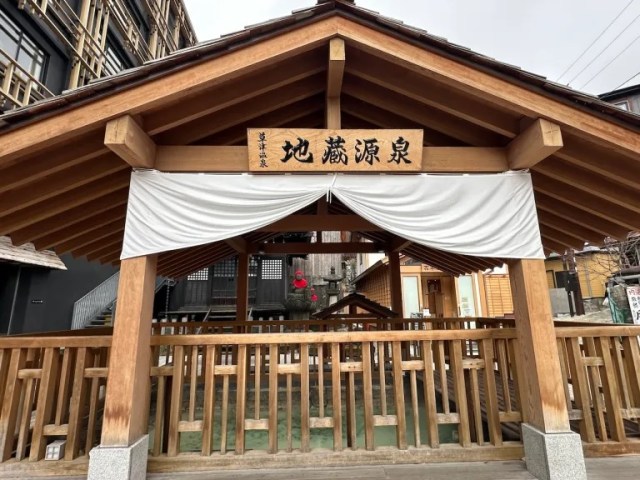
Lots of Japanese hot spring towns have footbaths, but how does a facebath work?
Japan’s hot spring towns offer many different ways to enjoy the relaxing, purportedly health-boosting effects of their geothermally heated water. The most common is to take a full-on bath, either as the guest of a hotel with its own onsen (hot spring) facilities or at a public bath where anyone can take a soak as long as they pay for admission.
In addition, though, sometimes in onsen towns you’ll find ashiyu (“footbaths”) set up around town, often next to the sidewalk, where you can slip off your shoes and soak your feet in the onsen waters free of charge. Sometimes there are even teyu (“handbaths”), basins in which you dip your hand up to the wrist to rejuvenate all the little ligaments and tendons in your palm and fingers.
But recently we heard about an onsen town that has a kaoyu, or “facebath,” and knew it was something we needed to check out for ourselves.
And so it was that our Japanese-language reporter Masanuki Sunakoma headed off to the town of Kusatsu. Located in Gunma Prefecture, about three hours by train and bus north of Tokyo, Kusatsu is one of the top onsen destinations in east Japan, and it’s especially famous for the massive Yubatake “hot spring field” that dominates the center of the town.
▼ Yubatake
The kaoyu is located at the Jizo no Yu plaza, which is about a five-minute walk from the Yubatake.
▼ Yubatake to Jizo no Yu walking route
▼ Along the way you might even spot this marker pointing you towards Jizo no Yu (地蔵の湯).
As he walked, Masanuki tried to imagine just what a kaoyu would be. Was it a hot spring where you’re supposed to stick your face under the water? That seemed like it’d be far from relaxing, since it’d mean either doing a handstand or lying on the ground flat on your belly to get your head in there, and even once you did that, you’d have to hold your breath to keep from drowning. There’s also the fact that, in general, submerging your head in an onsen is considered bad manners in Japan.
Still not sure what was going to be waiting for him, Masanuki arrived at Jizo no Yu, and there it was: the facebath.
▼ 顔湯 = facebath
Despite the promise of a “bath,” though, Masanuki couldn’t see even a drop of hot spring moisture. Instead, there was a sort of box sitting in the plaza, with openings on its top.
Masanuki sauntered over, looked inside, and…
…found the hot spring!
The openings on the facebath box are the tops of long chutes that stretch down to where the water from the hot spring source flows into the neighborhood’s bathhouses.
However, the distance down to the hot water is far longer than anyone’s neck, so how are you supposed to bathe your face?
Easy! Just stick your whole face in the box…
…and you’ll be enveloped in hot spring steam.
This close to the source, onsen water is extremely hot, and that gives it plenty of kinetic energy for the steam to easily rise all the way up to the top of the chute. So instead of dunking your face in the onsen water, you let its moisture float up to you. Because the opening is sort of snug, your head creates a bit of a seal as you insert your face, which keeps the steam from flowing past you too quickly, and it feels incredibly good. By the time it rises to your face, the steam is no longer scalding hot, but still warm enough to open your pores and relax your muscles. It’s like a natural sauna for your face, and we’re pretty sure it’s as great for your skin as it is your mental state.
▼ Fellow reporter Shinomiya was equally enamored of the kaoyu, hopping on the other chute in front of Masanuki’s.
Jizo no Yu’s kaoyu is located in a free-to-access area, as are its footbath and handbath, and all of them can be used free of charge by anyone, 24 hours a day. And don’t worry, we’ll make sure to pull Masanuki and Shinomiya away so that everyone can have a turn.
Yubatake photo: Pakutaso
All other images ©SoraNews24
● Want to hear about SoraNews24’s latest articles as soon as they’re published? Follow us on Facebook and Twitter!
[ Read in Japanese ]


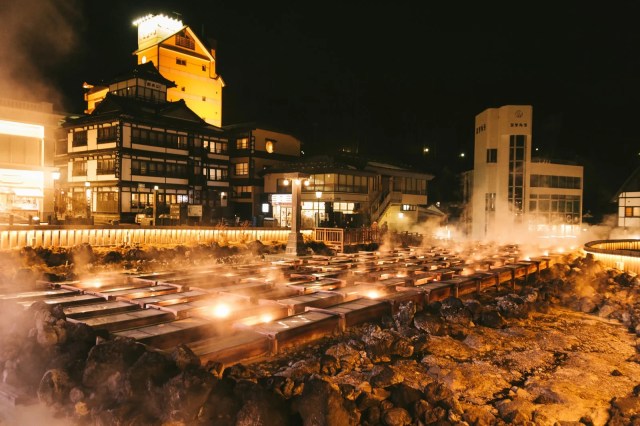
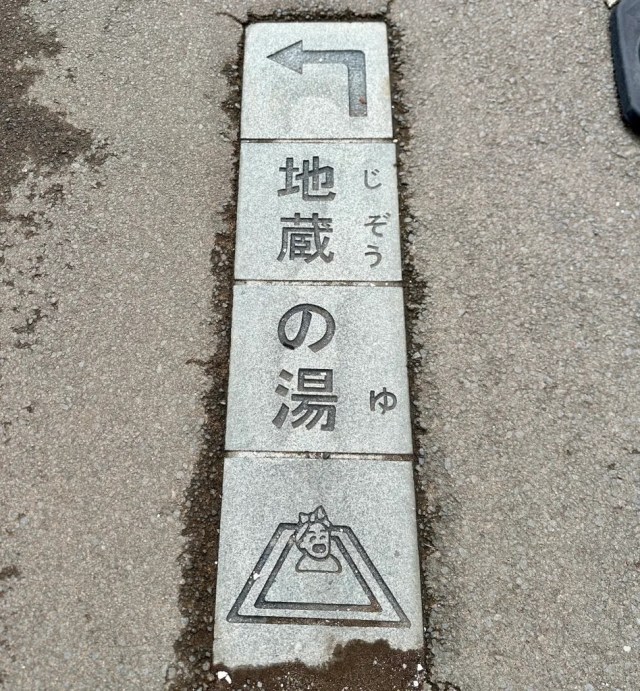
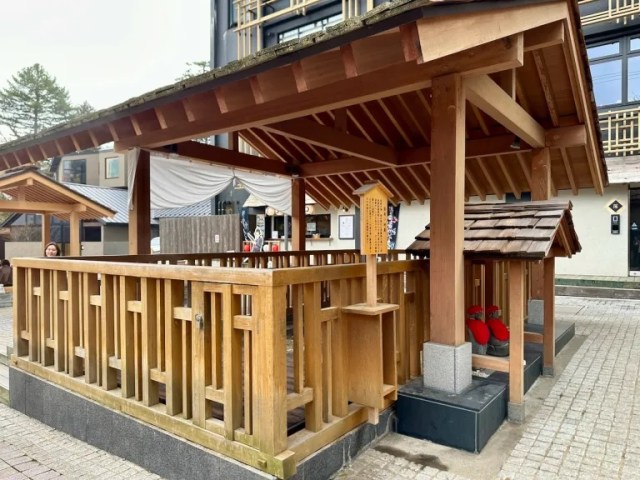
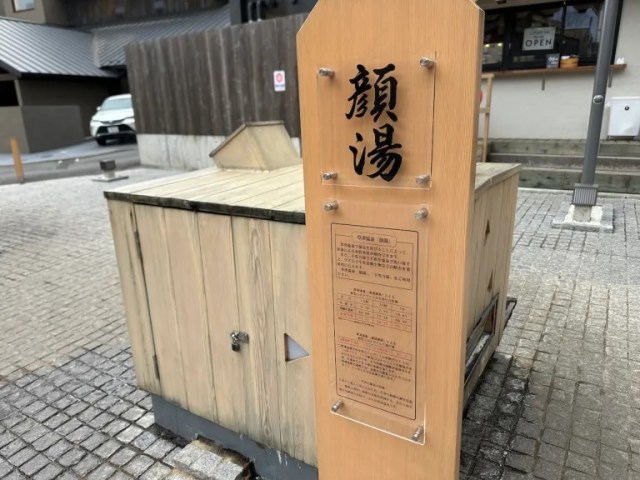
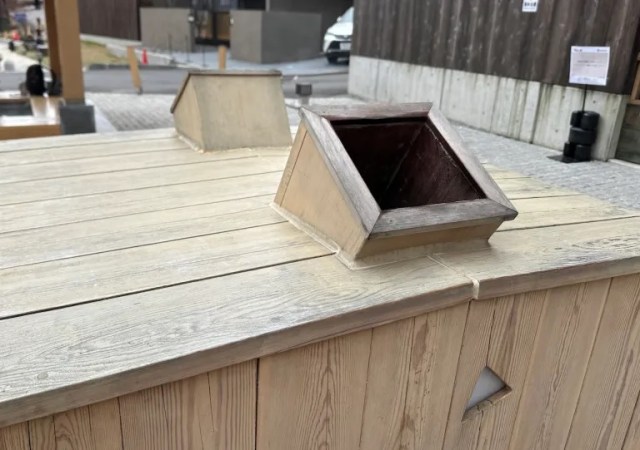
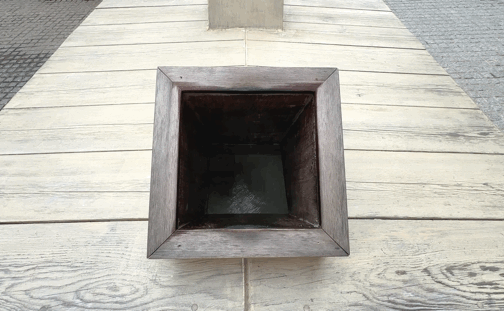
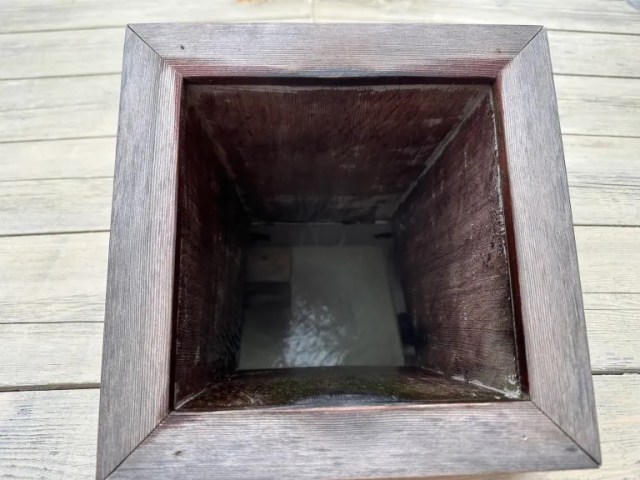
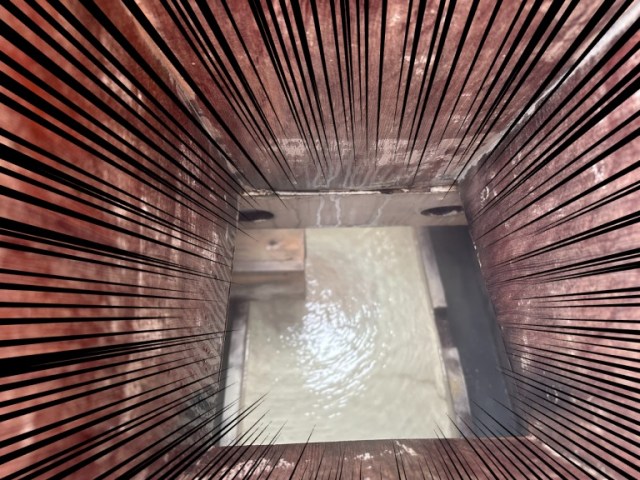
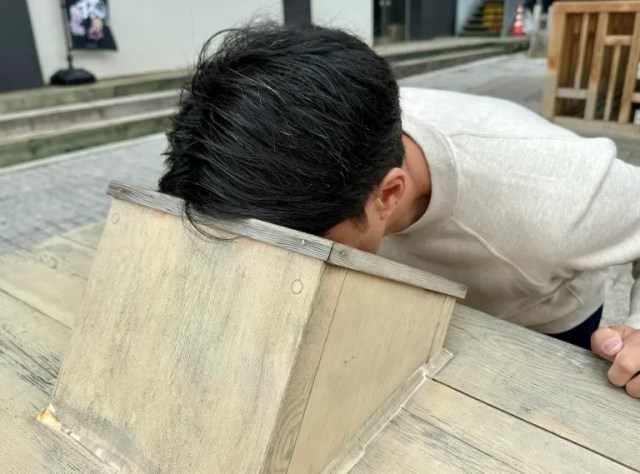
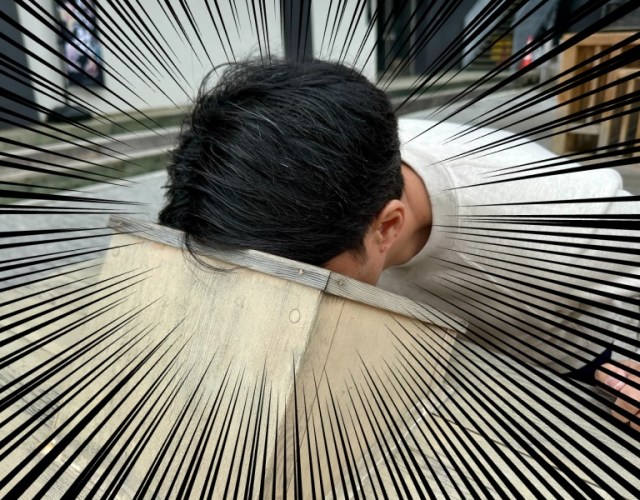
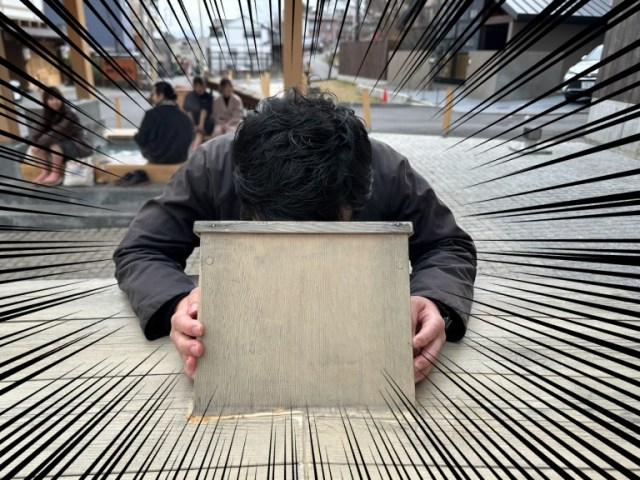
 Japanese hot spring adds roaring Godzilla Invasion Cave, other kaiju-related relaxation options
Japanese hot spring adds roaring Godzilla Invasion Cave, other kaiju-related relaxation options 18 awesome overnight hot spring trips from Tokyo, and a quiz to help pick the best one for you
18 awesome overnight hot spring trips from Tokyo, and a quiz to help pick the best one for you Ridiculously powerful hot spring bath in Japan earns both our respect and our fear【Videos】
Ridiculously powerful hot spring bath in Japan earns both our respect and our fear【Videos】 Traditional hot spring dance reminds us of locker room fights, 3rd degree burns
Traditional hot spring dance reminds us of locker room fights, 3rd degree burns We enjoyed Saitama’s finest hot springs, saunas, and views for less than 3,000 yen
We enjoyed Saitama’s finest hot springs, saunas, and views for less than 3,000 yen Foreigner’s request for help in Tokyo makes us sad for the state of society
Foreigner’s request for help in Tokyo makes us sad for the state of society McDonald’s Japan’s new pancake pie is a taste sensation
McDonald’s Japan’s new pancake pie is a taste sensation One of Japan’s oldest castles now lets travelers spend night on the grounds, drink in its keep
One of Japan’s oldest castles now lets travelers spend night on the grounds, drink in its keep Studio Ghibli unveils massive T-shirt collection featuring top anime movie characters
Studio Ghibli unveils massive T-shirt collection featuring top anime movie characters Two things to do, and two things not to do, when leaving a traditional Japanese inn
Two things to do, and two things not to do, when leaving a traditional Japanese inn Is the new Shinkansen Train Desk ticket worth it?
Is the new Shinkansen Train Desk ticket worth it?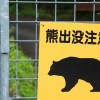 Bear attacks car in Japan, breaks windshield with its paw【Video】
Bear attacks car in Japan, breaks windshield with its paw【Video】 Bad tourist manners at Mt Fuji Lawson photo spot prompts Japanese town to block view with screens
Bad tourist manners at Mt Fuji Lawson photo spot prompts Japanese town to block view with screens Is the all-you-can-eat KFC buffet in Tokyo really as good as they say it is?
Is the all-you-can-eat KFC buffet in Tokyo really as good as they say it is? Hatsune Miku comes to Magic: The Gathering with official crossover cards【Photos/Video】
Hatsune Miku comes to Magic: The Gathering with official crossover cards【Photos/Video】 Japanese ramen restaurants under pressure from new yen banknotes
Japanese ramen restaurants under pressure from new yen banknotes Red light district sushi restaurant in Tokyo shows us just how wrong we were about it
Red light district sushi restaurant in Tokyo shows us just how wrong we were about it McDonald’s new Happy Meals offer up cute and practical Sanrio lifestyle goods
McDonald’s new Happy Meals offer up cute and practical Sanrio lifestyle goods Tokyo Tsukiji fish market site to be redeveloped with 50,000-seat stadium, hotel, shopping center
Tokyo Tsukiji fish market site to be redeveloped with 50,000-seat stadium, hotel, shopping center Japanese city loses residents’ personal data, which was on paper being transported on a windy day
Japanese city loses residents’ personal data, which was on paper being transported on a windy day Beautiful Red and Blue Star luxury trains set to be Japan’s new Hokkaido travel stars
Beautiful Red and Blue Star luxury trains set to be Japan’s new Hokkaido travel stars Ghibli Park now selling “Grilled Frogs” from food cart in Valley of Witches
Ghibli Park now selling “Grilled Frogs” from food cart in Valley of Witches New definition of “Japanese whiskey” goes into effect to prevent fakes from fooling overseas buyers
New definition of “Japanese whiskey” goes into effect to prevent fakes from fooling overseas buyers Our Japanese reporter visits Costco in the U.S., finds super American and very Japanese things
Our Japanese reporter visits Costco in the U.S., finds super American and very Japanese things All-you-can-drink Starbucks and amazing views part of Tokyo’s new 170 meter-high sky lounge
All-you-can-drink Starbucks and amazing views part of Tokyo’s new 170 meter-high sky lounge More foreign tourists than ever before in history visited Japan last month
More foreign tourists than ever before in history visited Japan last month New Pokémon cakes let you eat your way through Pikachu and all the Eevee evolutions
New Pokémon cakes let you eat your way through Pikachu and all the Eevee evolutions Disney princesses get official manga makeovers for Manga Princess Cafe opening in Tokyo
Disney princesses get official manga makeovers for Manga Princess Cafe opening in Tokyo We try out “Chan Ramen”, an underground type of ramen popular in the ramen community
We try out “Chan Ramen”, an underground type of ramen popular in the ramen community Sales of Japan’s most convenient train ticket/shopping payment cards suspended indefinitely
Sales of Japan’s most convenient train ticket/shopping payment cards suspended indefinitely Sold-out Studio Ghibli desktop humidifiers are back so Totoro can help you through the dry season
Sold-out Studio Ghibli desktop humidifiers are back so Totoro can help you through the dry season Japanese government to make first change to romanization spelling rules since the 1950s
Japanese government to make first change to romanization spelling rules since the 1950s Ghibli founders Toshio Suzuki and Hayao Miyazaki contribute to Japanese whisky Totoro label design
Ghibli founders Toshio Suzuki and Hayao Miyazaki contribute to Japanese whisky Totoro label design Doraemon found buried at sea as scene from 1993 anime becomes real life【Photos】
Doraemon found buried at sea as scene from 1993 anime becomes real life【Photos】 Tokyo’s most famous Starbucks is closed
Tokyo’s most famous Starbucks is closed One Piece characters’ nationalities revealed, but fans have mixed opinions
One Piece characters’ nationalities revealed, but fans have mixed opinions We asked a Uniqlo employee what four things we should buy and their suggestions didn’t disappoint
We asked a Uniqlo employee what four things we should buy and their suggestions didn’t disappoint The top 10 hot springs Japanese travelers want to visit this fall
The top 10 hot springs Japanese travelers want to visit this fall The 10 best hotel hot springs in Japan, as chosen by Japanese travelers
The 10 best hotel hot springs in Japan, as chosen by Japanese travelers New onsen facility in the heart of Tokyo’s business district to be ready for Olympics
New onsen facility in the heart of Tokyo’s business district to be ready for Olympics Hyotan Onsen – Japan’s only hot spring with three Michelin stars
Hyotan Onsen – Japan’s only hot spring with three Michelin stars You can make your own hot spring bath at this river in central Japan【Japan travel】
You can make your own hot spring bath at this river in central Japan【Japan travel】 The top five best multiple-hot-spring hotels in all of Japan
The top five best multiple-hot-spring hotels in all of Japan Onsen town’s 4K video has visitors lining up around the virtual block【Video】
Onsen town’s 4K video has visitors lining up around the virtual block【Video】 Hot springs website reveals the most popular user-picked onsen in all of northern Japan
Hot springs website reveals the most popular user-picked onsen in all of northern Japan Onsen in Japan uses the same mysterious hot spring bathing system from Ghibli film Spirited Away
Onsen in Japan uses the same mysterious hot spring bathing system from Ghibli film Spirited Away Soak in a sand bath in Beppu, Japan’s famous onsen region
Soak in a sand bath in Beppu, Japan’s famous onsen region Free literal forest bathing in Hokkaido is a hot spring experience you’ll never forget【Photos】
Free literal forest bathing in Hokkaido is a hot spring experience you’ll never forget【Photos】 Japan Travel: Mysterious rockstar Jizo statue found at Kiyomizudera temple
Japan Travel: Mysterious rockstar Jizo statue found at Kiyomizudera temple Japan’s most famous hot spring resort runs ad telling us to go to…a different hot spring resort
Japan’s most famous hot spring resort runs ad telling us to go to…a different hot spring resort Got tattoos, but still want to experience a Japanese hot spring? It’s no problem here!
Got tattoos, but still want to experience a Japanese hot spring? It’s no problem here! Tokyo’s newest hot spring bathhouse and foodie spot opening next to Japan’s biggest fish market
Tokyo’s newest hot spring bathhouse and foodie spot opening next to Japan’s biggest fish market Love hot springs and tattoos? You won’t want to miss this onsen paradise near Tokyo!
Love hot springs and tattoos? You won’t want to miss this onsen paradise near Tokyo!
Leave a Reply